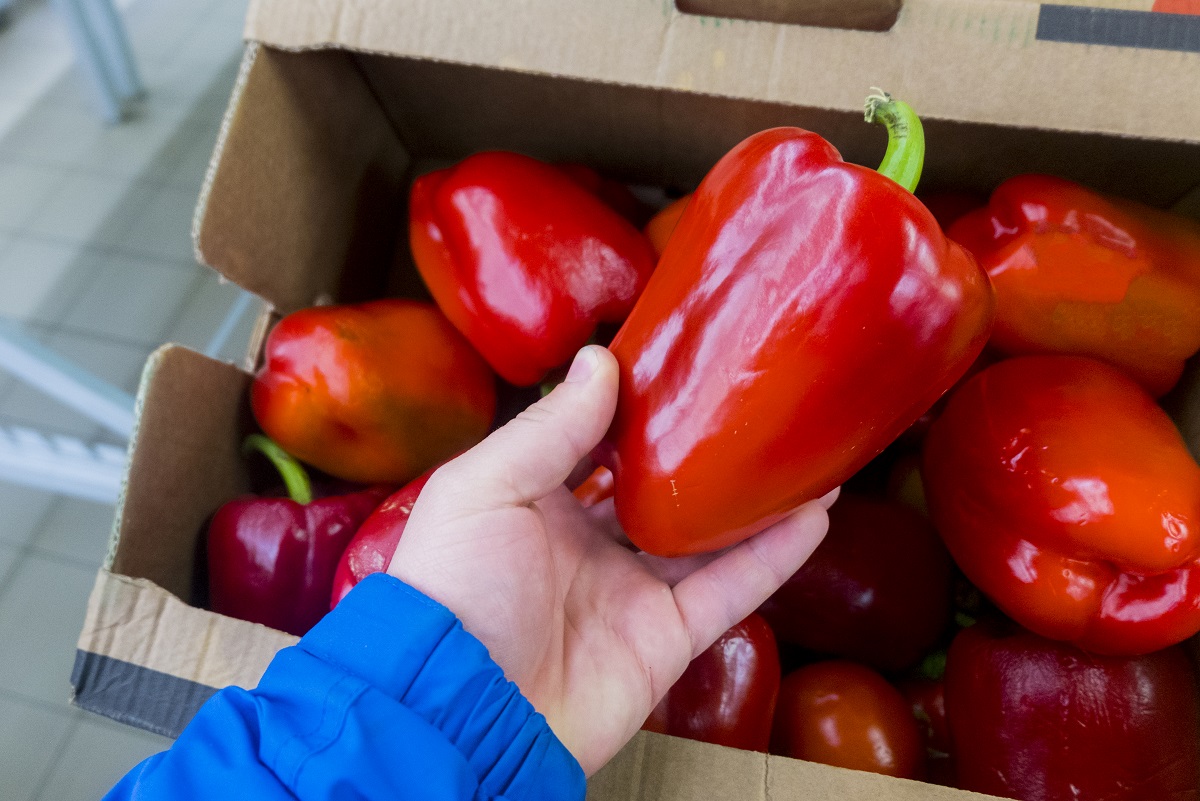

Articles
How To Store Whole Bell Peppers
Modified: February 23, 2024
Learn the best methods for storing whole bell peppers in this informative article. Keep your peppers fresh and flavorful for longer with our expert tips and tricks.
(Many of the links in this article redirect to a specific reviewed product. Your purchase of these products through affiliate links helps to generate commission for Storables.com, at no extra cost. Learn more)
Introduction
Welcome to this comprehensive guide on how to store whole bell peppers! Whether you have an abundance of bell peppers from your garden or you simply bought a large quantity from the store, knowing the best ways to store them will help prolong their freshness and ensure you can enjoy them for longer.
Bell peppers are not only delicious and versatile, but they are also packed with vitamins A and C, as well as dietary fiber. Whether you’re planning to use them in salads, stir-fries, or as a flavorful addition to your favorite dishes, it’s essential to know how to properly store them to maintain their flavor, crunchiness, and nutritional value.
In this article, we will guide you through the different methods of storing whole bell peppers, whether in the refrigerator, freezer, or at room temperature. We’ll also provide tips on how to store cut bell peppers to minimize waste and extend their shelf life. So, let’s dig in and learn how to keep your bell peppers fresh and ready to use!
Key Takeaways:
- Choose firm, vibrant bell peppers and store them in perforated bags in the refrigerator to maintain freshness. Regularly inspect and remove any spoiled peppers to prevent spoilage spread.
- Freeze whole bell peppers after blanching for long-term storage. Label and store in airtight containers for extended freshness. Thaw in the refrigerator or use directly in cooked dishes.
Read more: How To Store Bell Peppers
Choosing Bell Peppers
Before diving into the storage methods, it’s important to start with choosing the right bell peppers. Selecting fresh, high-quality bell peppers will significantly impact their shelf life and overall flavor. Here are some tips on choosing the best bell peppers for storage:
- Color and Texture: Look for bell peppers with vibrant colors, whether it’s green, red, yellow, or orange. The skin should be smooth and firm to the touch. Avoid bell peppers with wrinkled or discolored skin, as they may indicate signs of spoilage.
- Size and Shape: Opt for bell peppers that are plump and have a uniform shape. Avoid those that are shriveled or have soft spots.
- Stem and Cap: Check the stem and cap of the bell pepper. They should be intact and firmly attached. A loose or missing stem may indicate that the pepper is old or has been mishandled.
- Weight: Hold the bell pepper in your hand and feel its weight. Heavier peppers are typically juicier and have a higher water content.
- Scent: Give the bell pepper a gentle sniff. It should have a fresh, mildly sweet aroma. Avoid any peppers that have a strong or unpleasant odor.
By following these guidelines, you can ensure that you are selecting the freshest bell peppers available, which will contribute to their longevity in storage.
Washing Bell Peppers
Once you have chosen the perfect bell peppers, the next step is to properly wash them before storing. Washing bell peppers helps remove any dirt, residue, or bacteria that may be present on the surface. Here’s a step-by-step guide to washing bell peppers:
- Prepare a clean sink or large bowl filled with cool water.
- Place the bell peppers in the water, ensuring they are fully submerged.
- Gently agitate the bell peppers with your hands to dislodge any dirt or debris.
- If there are stubborn dirt spots, you can use a vegetable brush to lightly scrub the surface of the bell peppers.
- Once you are satisfied that the bell peppers are clean, remove them from the water.
- Rinse the bell peppers under running water to remove any remaining dirt or soap residue.
- Pat the bell peppers dry with a clean kitchen towel or paper towels. Alternatively, you can allow them to air dry.
It’s important to note that bell peppers are porous, so it’s best to wash them just before using or storing. Excessive exposure to water can accelerate spoilage. Avoid soaking the bell peppers for an extended period of time.
By properly washing bell peppers, you not only ensure they are clean and ready for consumption, but you also eliminate any potential contaminants that could affect their freshness during storage.
Drying Bell Peppers
Drying bell peppers is an excellent way to preserve them for longer periods. The drying process removes moisture, which inhibits the growth of bacteria and helps extend the shelf life of the peppers. Here’s how you can dry bell peppers:
- Preheat your oven to a low temperature, around 140°F (60°C).
- Wash the bell peppers thoroughly and pat them dry with a clean kitchen towel.
- Remove the stems, seeds, and membranes from the bell peppers.
- Cut the peppers into desired shapes, such as strips or rings. Keep the pieces uniform in size for even drying.
- Place the bell pepper pieces on a baking sheet lined with parchment paper, ensuring they are spaced apart to allow for good air circulation.
- Put the baking sheet with the bell peppers into the preheated oven.
- Keep the oven door slightly ajar to allow moisture to escape during the drying process. This can be done by inserting a wooden spoon or oven-safe utensil between the oven door and the oven frame.
- Allow the bell peppers to dry in the oven for approximately 4 to 6 hours, or until they become brittle and leathery. The exact drying time will depend on the thickness of the pepper pieces and the moisture content.
- Check the peppers periodically during drying and rotate the baking sheet if needed, to ensure even drying.
- Once the bell peppers are fully dried, remove them from the oven and let them cool completely.
- Store the dried bell peppers in airtight containers or resealable bags in a cool, dark place.
Dried bell peppers can be used in a variety of dishes, including soups, stews, sauces, and salads. They add a concentrated flavor and a unique texture to your recipes. Remember to rehydrate them before using by soaking them in hot water for about 20 minutes or until softened.
Drying bell peppers is a fantastic way to enjoy their flavor and nutritional benefits throughout the year, even when they are out of season.
Storing Whole Bell Peppers in the Refrigerator
If you prefer to keep your bell peppers fresh and crisp for a short period, storing them in the refrigerator is the way to go. Here’s how you can store whole bell peppers in the refrigerator:
- Start by selecting bell peppers that are firm and free from any soft spots or blemishes.
- Place the whole bell peppers in a perforated plastic bag or a loosely sealed plastic container. The perforations allow for proper air circulation while preventing excess moisture buildup.
- Alternatively, you can wrap each bell pepper individually in a damp paper towel and store them in a plastic bag. The damp paper towel helps maintain their moisture levels and extends their shelf life.
- Store the bell peppers in the crisper drawer or a designated area in your refrigerator. This helps maintain a consistent temperature and humidity level.
- Avoid overcrowding the bell peppers in the refrigerator. Leave some space around each pepper to allow for proper airflow.
- Check the bell peppers regularly for any signs of spoilage, such as mold or softening. Remove any peppers that show signs of deterioration to prevent them from affecting the others.
When stored properly in the refrigerator, whole bell peppers can stay fresh for up to one to two weeks. However, it’s best to use them as soon as possible to enjoy their optimum flavor and texture.
Remember, once you cut into a bell pepper, its shelf life decreases significantly. So, it’s advisable to keep them whole until you’re ready to use them.
Store whole bell peppers in the crisper drawer of the refrigerator, unwashed and in a perforated plastic bag. They will stay fresh for up to 1-2 weeks.
Read more: How To Store A Bell Pepper
Freezing Whole Bell Peppers
Freezing is a popular method to preserve bell peppers for an extended period. Freezing whole bell peppers is a convenient option if you have a surplus of peppers or want to stock up for future use. Here’s how you can freeze whole bell peppers:
- Choose fresh and firm bell peppers without any signs of damage or decay.
- Wash the bell peppers thoroughly and pat them dry with a clean kitchen towel.
- Remove the stems, seeds, and membranes from the bell peppers.
- Leave the peppers whole or slice them into halves or quarters, depending on your preference.
- Blanching the peppers before freezing helps preserve their color, texture, and nutritional value. Bring a pot of water to a boil and prepare a bowl of ice water.
- Place the bell peppers in the boiling water and blanch them for 2-3 minutes for whole peppers or 1-2 minutes for sliced peppers.
- After blanching, quickly transfer the bell peppers to the ice water bath to stop the cooking process.
- Once the peppers are cool, pat them dry with a kitchen towel to remove excess moisture.
- Place the blanched and dried bell peppers in freezer-safe bags or airtight containers. For whole peppers, you can stack them together, ensuring they are not squished.
- Label the bags or containers with the date and contents for easy identification.
- Place the bell peppers in the freezer, making sure they are arranged in a single layer initially to allow for quick freezing.
- After a few hours, once the peppers are completely frozen, you can rearrange them in the freezer to maximize space.
Frozen bell peppers can be stored in the freezer for up to 6-12 months. However, it’s recommended to consume them within the first few months for the best quality and flavor.
When you’re ready to use the frozen bell peppers, you can thaw them in the refrigerator overnight or directly add them to soups, stews, stir-fries, or other cooked dishes without thawing. Keep in mind that the texture of thawed bell peppers may be softer than fresh ones, but they still retain their flavor and can be a convenient addition to your meals!
Storing Whole Bell Peppers at Room Temperature
While refrigeration or freezing is generally recommended for storing bell peppers, there are a few instances where storing them at room temperature can still be a viable option. Here are some guidelines for storing whole bell peppers at room temperature:
- Choose bell peppers that are completely ripe, with no visible signs of bruising or soft spots.
- Ensure that the bell peppers are clean and dry before storage.
- Find a cool, well-ventilated area in your kitchen or pantry that is away from direct sunlight and heat sources.
- Place the bell peppers in a single layer on a countertop or in a shallow bowl.
- Make sure there is enough space between the peppers for air circulation, which helps prevent moisture buildup.
- Check the peppers regularly for any signs of spoilage, such as mold or softening. Remove any peppers that show signs of deterioration to prevent them from affecting the others.
- Use the bell peppers within a few days to a week for the best flavor and quality.
Note that storing whole bell peppers at room temperature may cause them to ripen and soften more quickly. Therefore, it’s important to monitor them closely and use them promptly to avoid any wastage.
Keep in mind that storing bell peppers at room temperature may not be suitable for long-term storage or if you live in a hot and humid climate. In such cases, refrigeration or freezing is the preferred method.
Storing Cut Bell Peppers
When it comes to storing cut bell peppers, the goal is to minimize wastage and maintain their freshness as long as possible. Here are some tips for storing cut bell peppers:
- Start by selecting firm and fresh bell peppers. Ensure that there are no signs of spoilage or damage.
- Wash the bell peppers thoroughly and pat them dry with a clean kitchen towel.
- Cut the bell peppers into desired shapes, such as strips, dice, or rings.
- Place the cut bell peppers in an airtight container or resealable plastic bag.
- Before sealing the container or bag, remove as much air as possible to prevent oxidation and moisture loss.
- Label the container or bag with the date to keep track of freshness.
- Store the cut bell peppers in the refrigerator for optimal freshness.
- Check the peppers regularly for any signs of spoilage, such as mold or sliminess. Discard any peppers that show signs of deterioration.
- It’s best to use the cut bell peppers within 3-5 days for the best taste and texture.
Remember that cut bell peppers have a shorter shelf life compared to whole peppers. Therefore, it’s important to use them as soon as possible to minimize any loss of flavor or texture.
If you have an excess of cut bell peppers and cannot use them within a few days, consider freezing them for longer storage. By following the freezing instructions mentioned earlier, you can preserve the cut bell peppers for future use.
Properly storing cut bell peppers can help reduce waste and ensure that you have fresh and ready-to-use peppers on hand for your favorite recipes.
Conclusion
Knowing how to properly store whole bell peppers is essential for maximizing their freshness, flavor, and nutritional value. Whether you choose to store them in the refrigerator, freezer, or at room temperature, following the correct methods will help extend their shelf life and minimize wastage.
When choosing bell peppers, opt for ones that are vibrant in color, firm to the touch, and free from any blemishes or soft spots. Washing them thoroughly before storage removes dirt and contaminants, ensuring their quality remains intact.
If you’re planning to store whole bell peppers in the refrigerator, ensure they are placed in perforated bags or containers to maintain proper airflow. Regularly inspecting them and removing any spoiled peppers will prevent the spread of spoilage to the rest of the batch.
Freezing whole bell peppers is a convenient method for long-term storage. Blanching the peppers before freezing helps preserve their color and texture. Proper labeling and storage in airtight containers or bags will ensure they stay fresh in the freezer for extended periods.
Choosing to store whole bell peppers at room temperature can be suitable for short-term storage, but vigilance is required to use them promptly, particularly in hot and humid climates.
When it comes to storing cut bell peppers, use airtight containers or bags in the refrigerator to maintain their freshness. Using them within a few days is advised to prevent spoilage.
By following these storage methods, you can keep bell peppers at their peak freshness, ensuring they are always ready for your culinary creations. So, next time you have an abundance of bell peppers, you can confidently store them knowing exactly how to maintain their quality and enjoy their delicious flavors!
Frequently Asked Questions about How To Store Whole Bell Peppers
Was this page helpful?
At Storables.com, we guarantee accurate and reliable information. Our content, validated by Expert Board Contributors, is crafted following stringent Editorial Policies. We're committed to providing you with well-researched, expert-backed insights for all your informational needs.
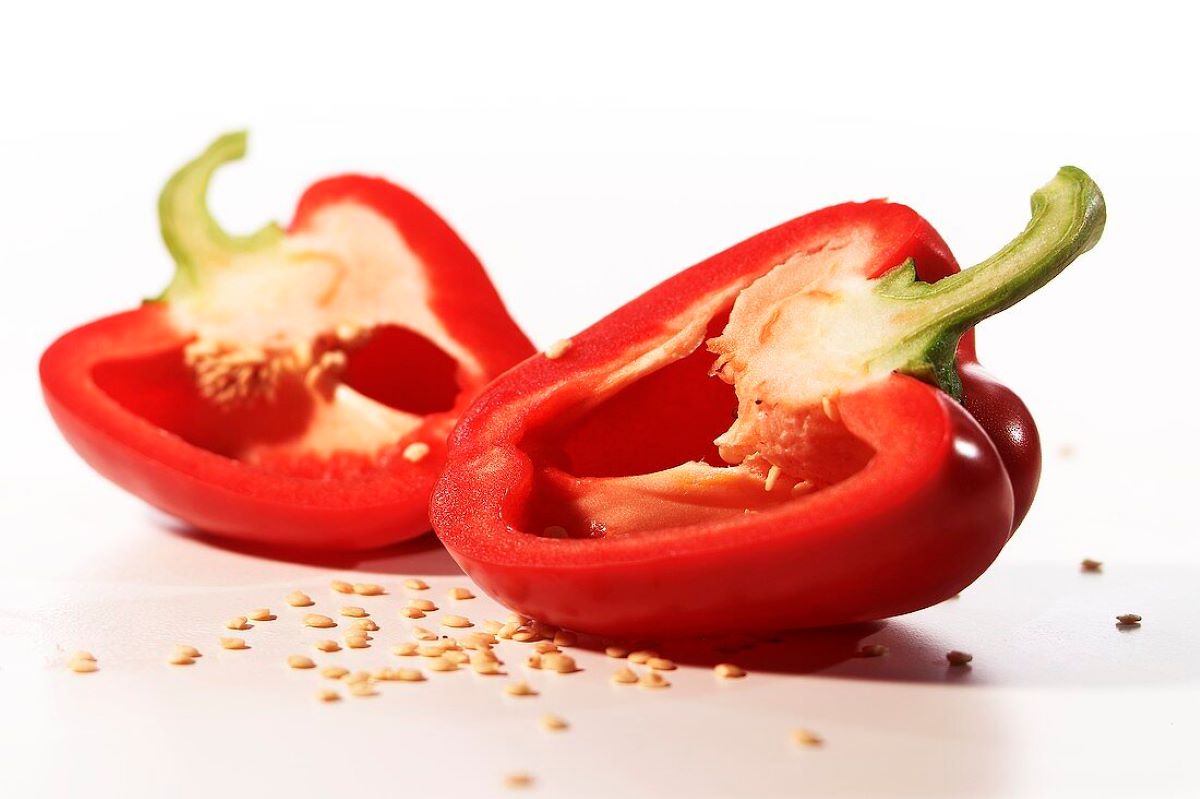
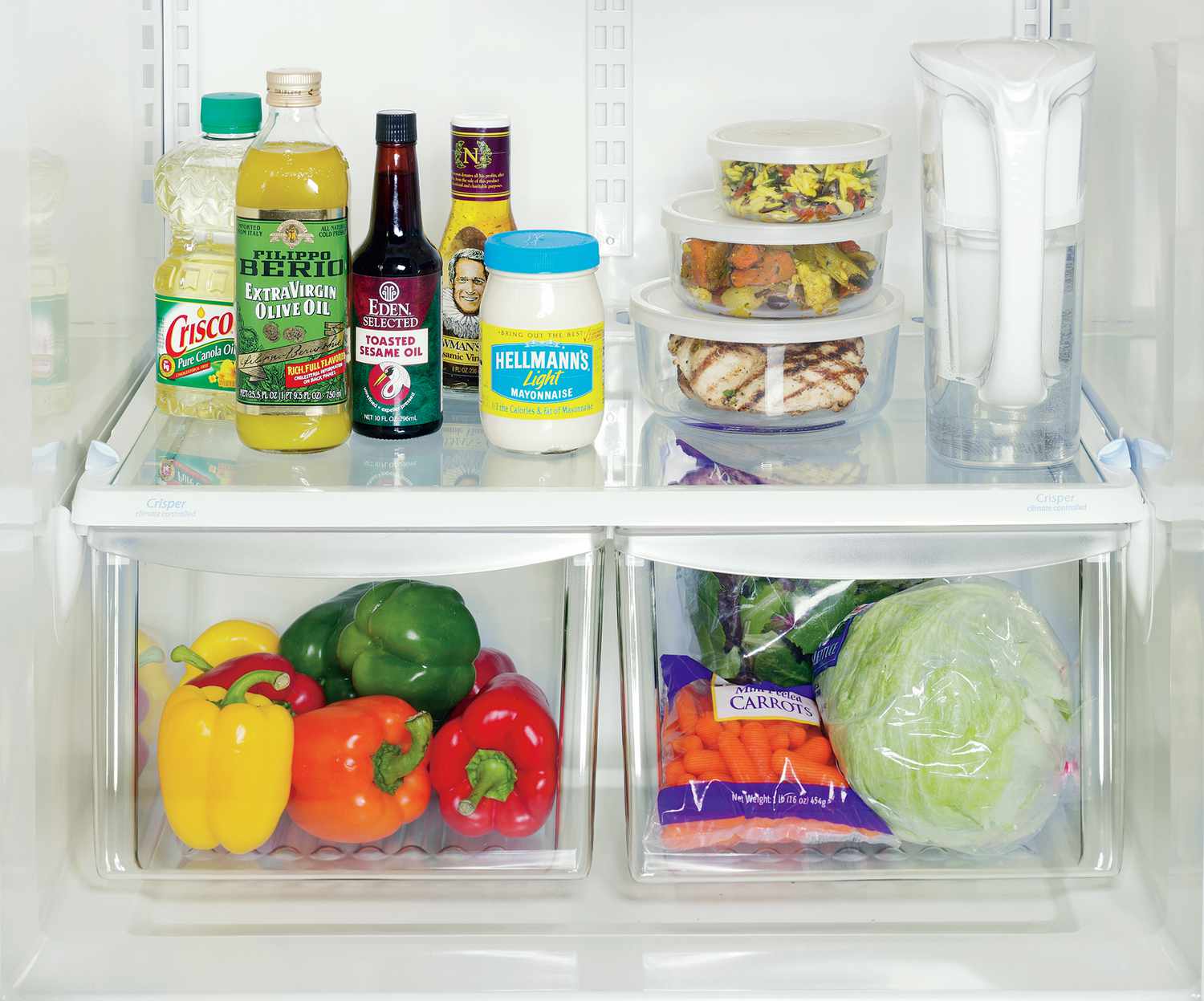
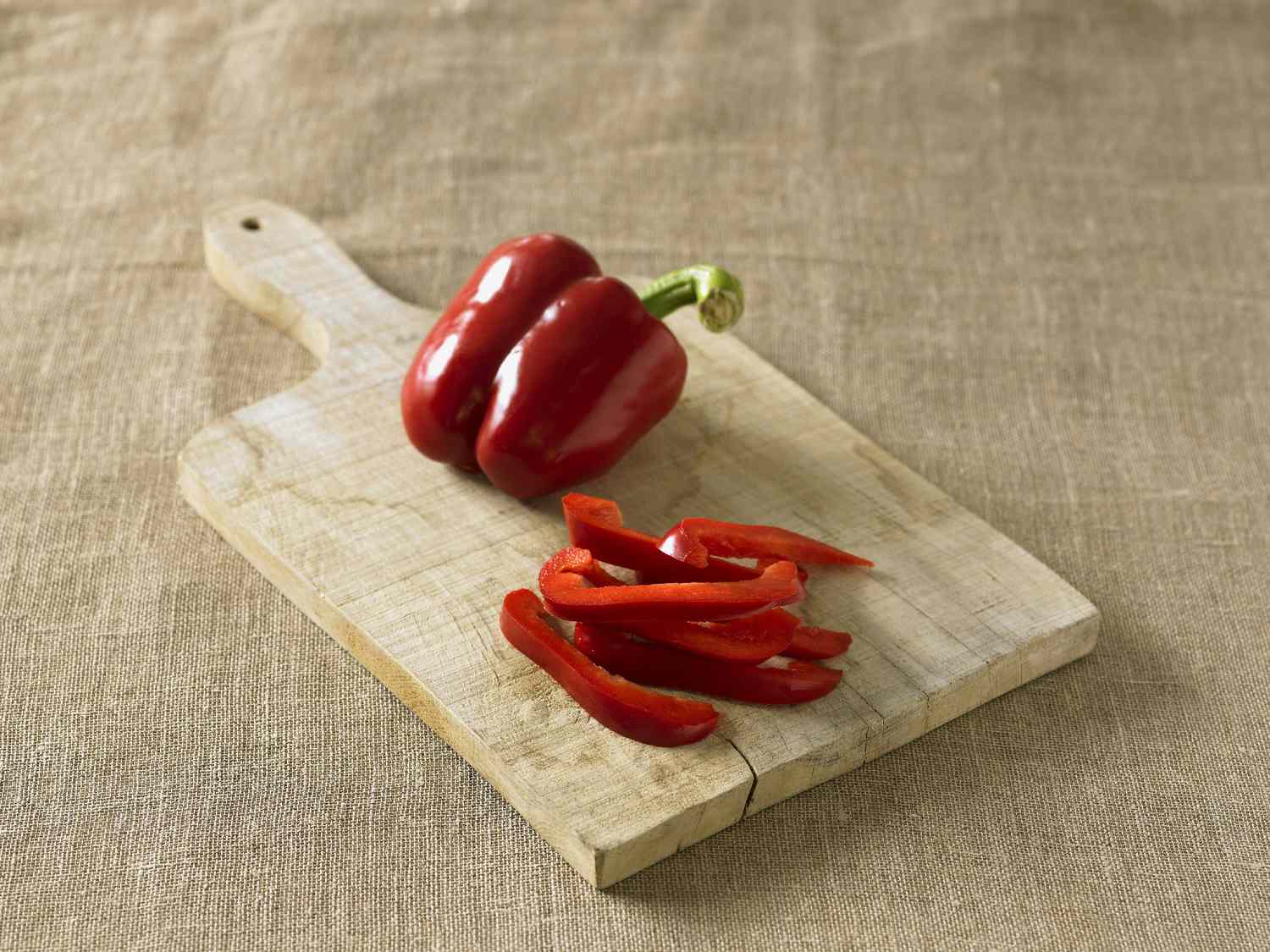
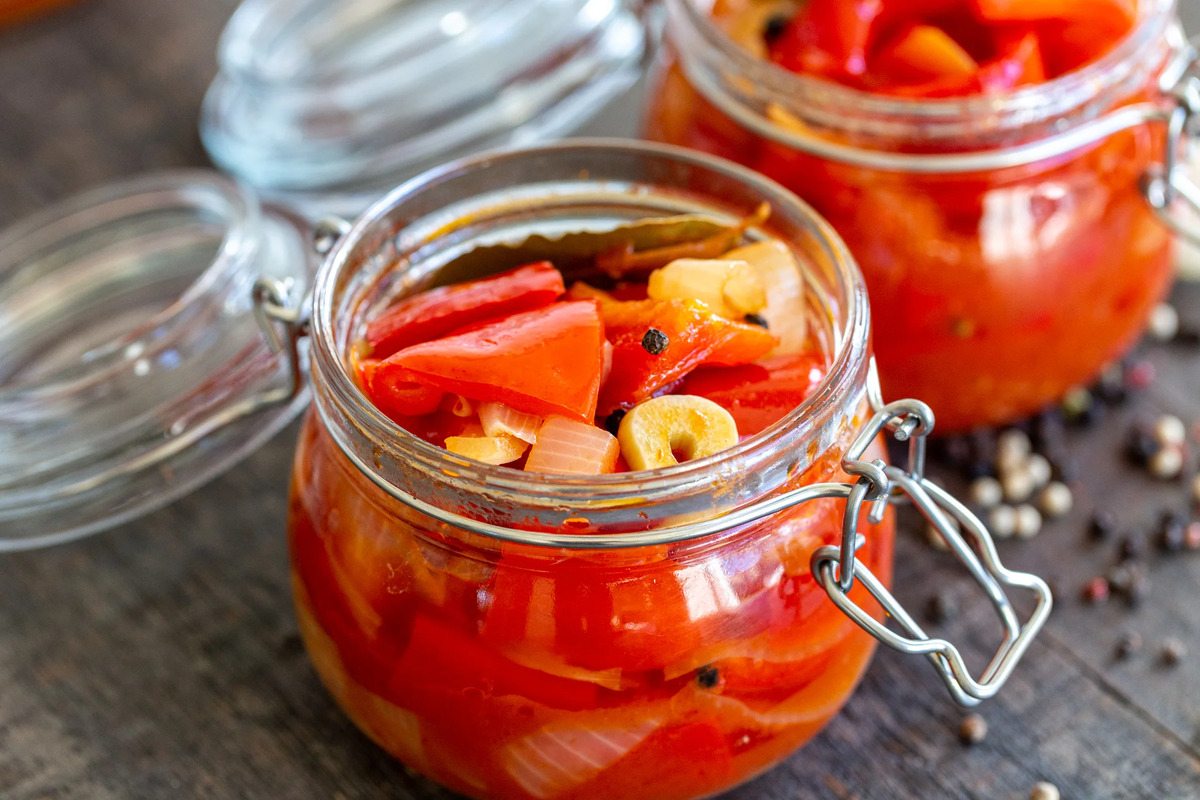
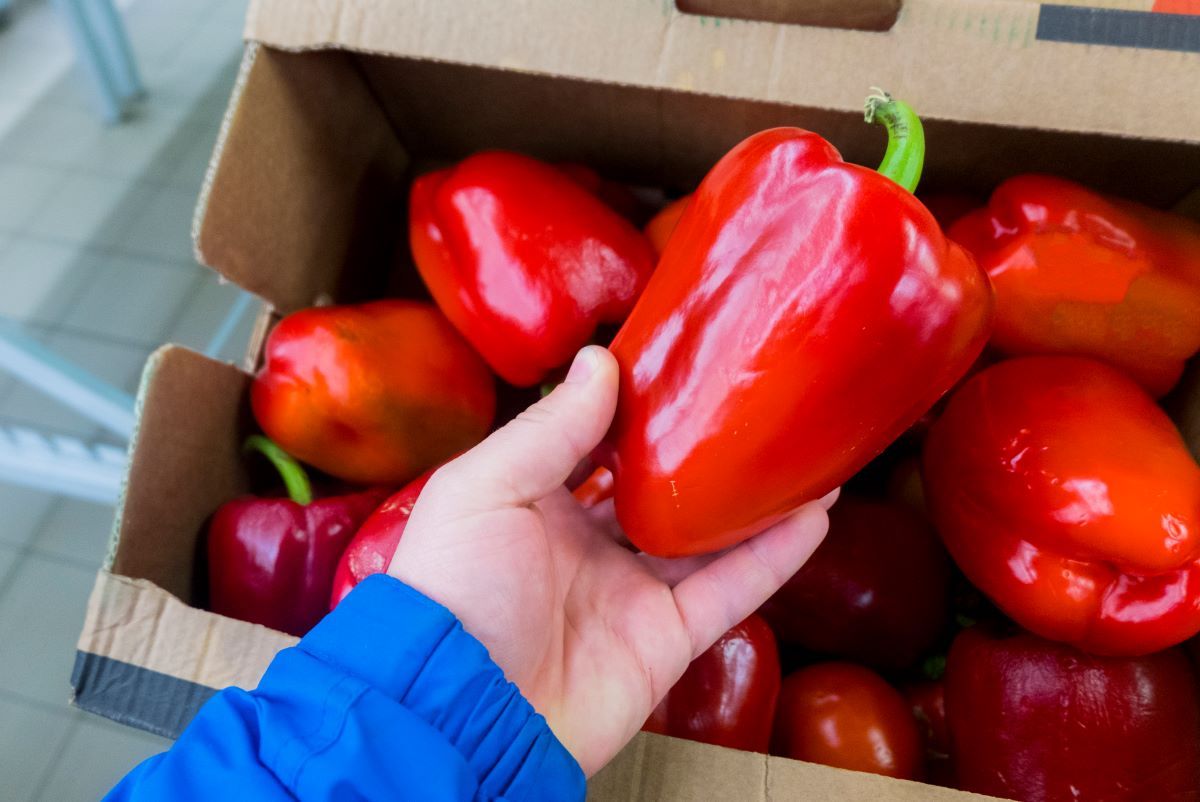
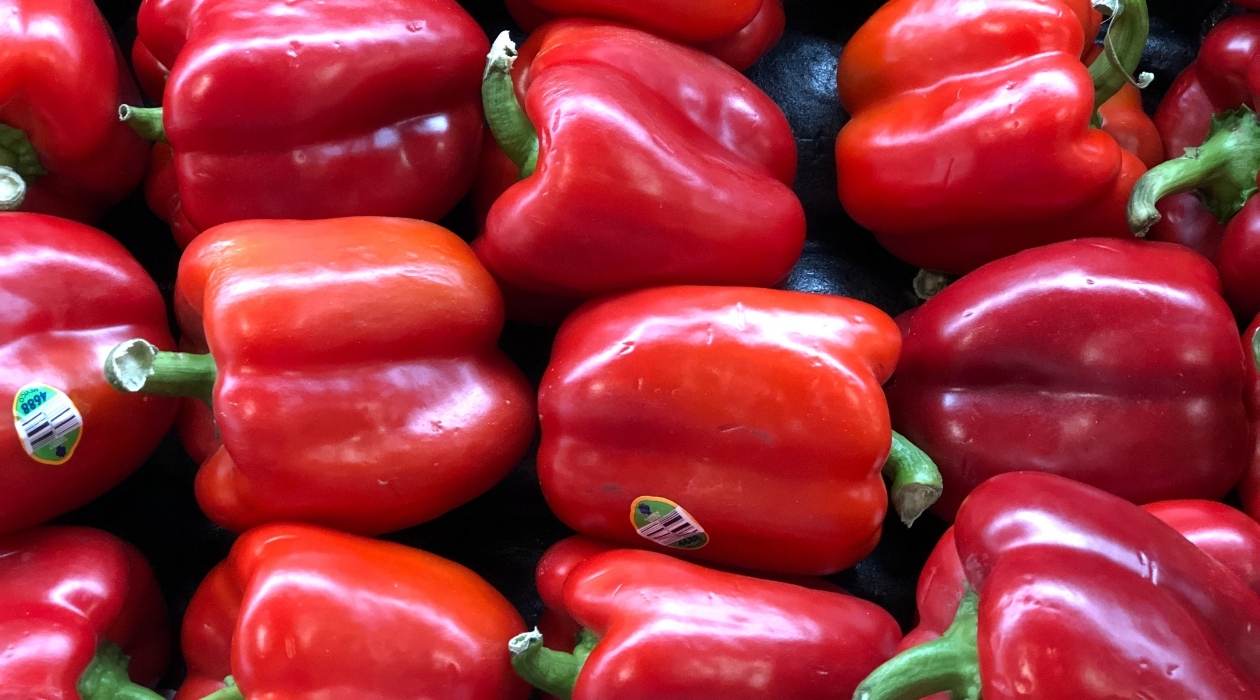
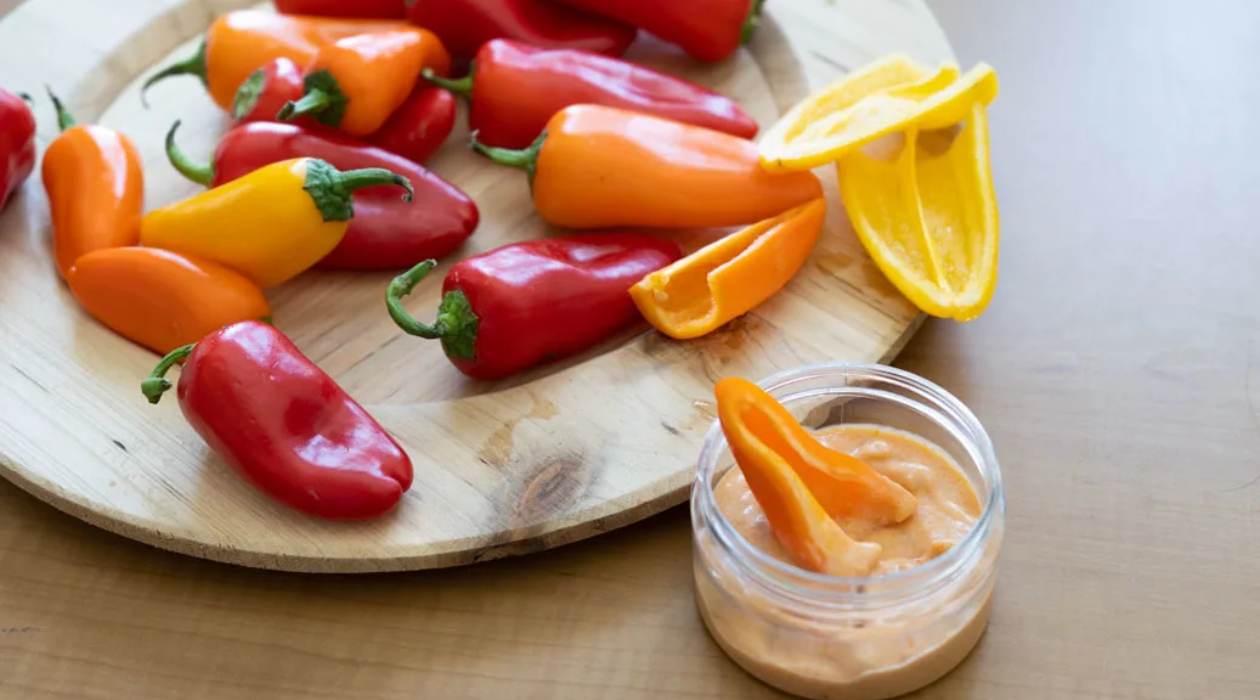
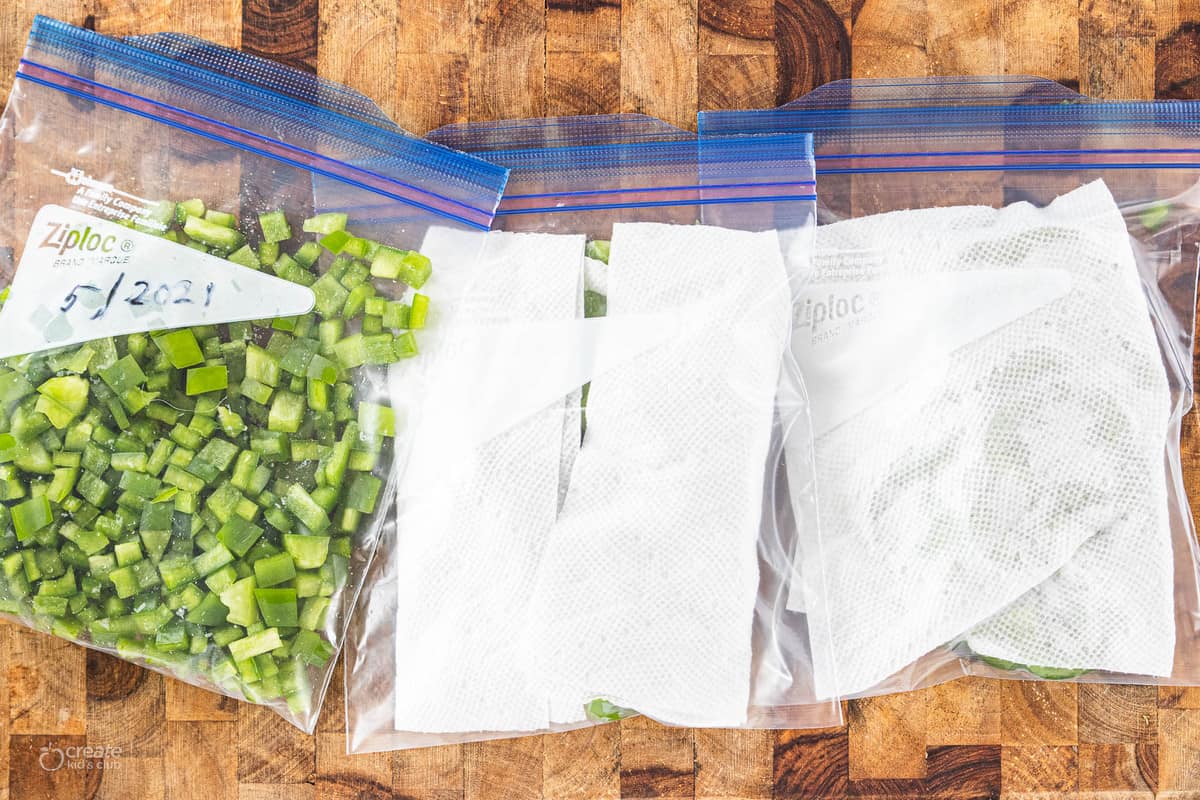
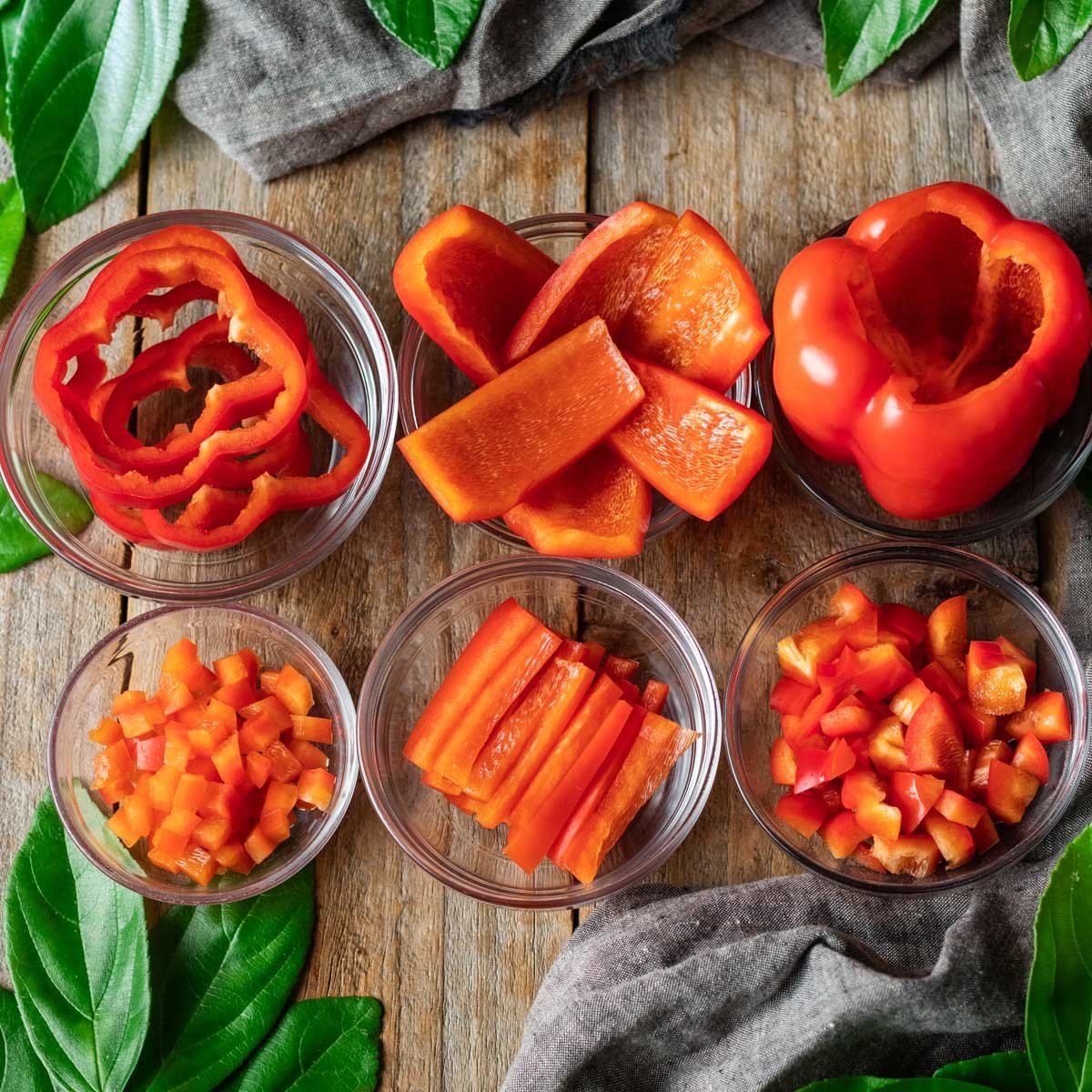
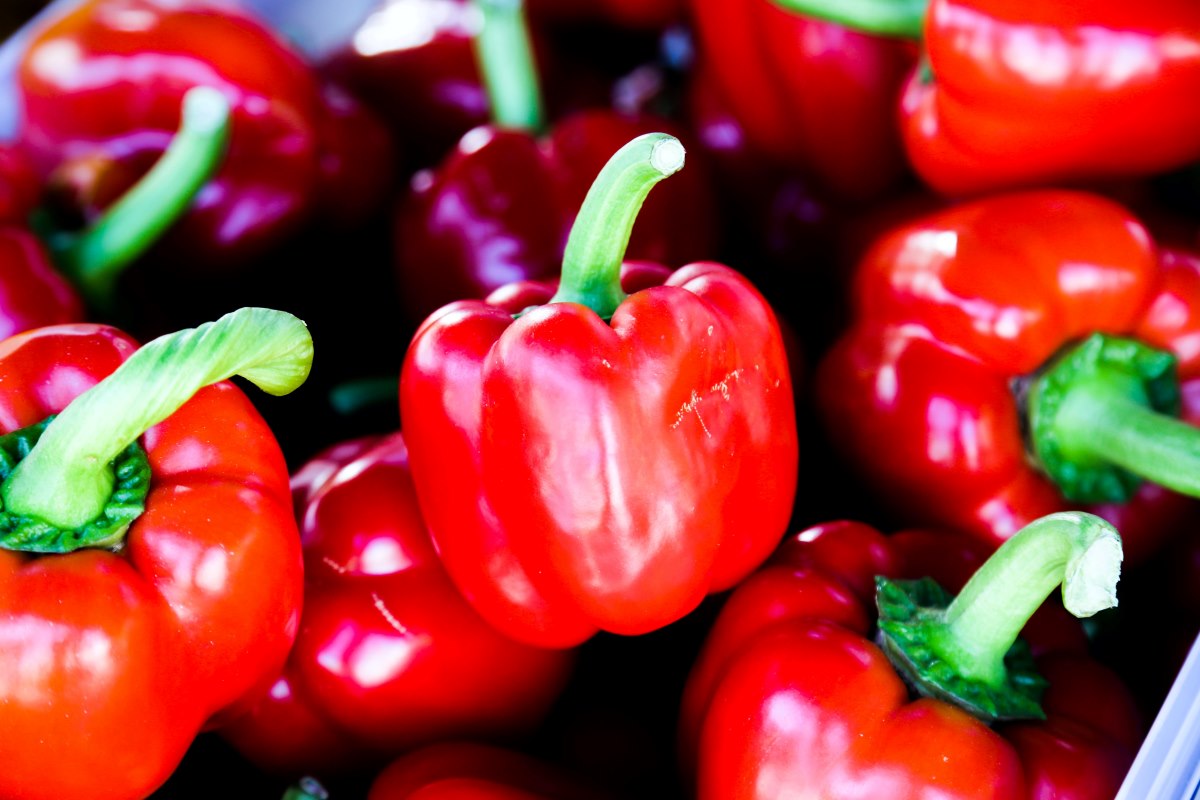
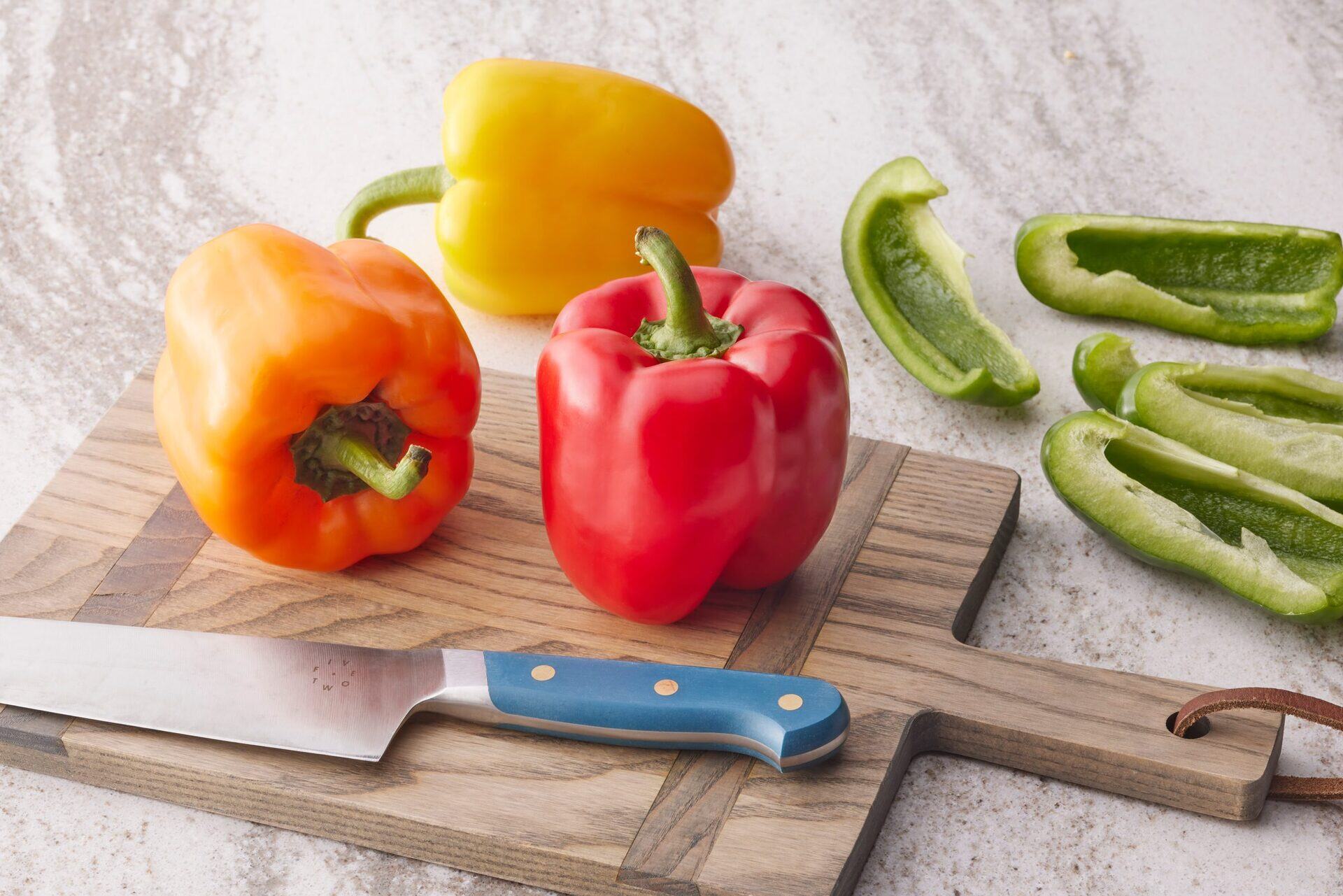
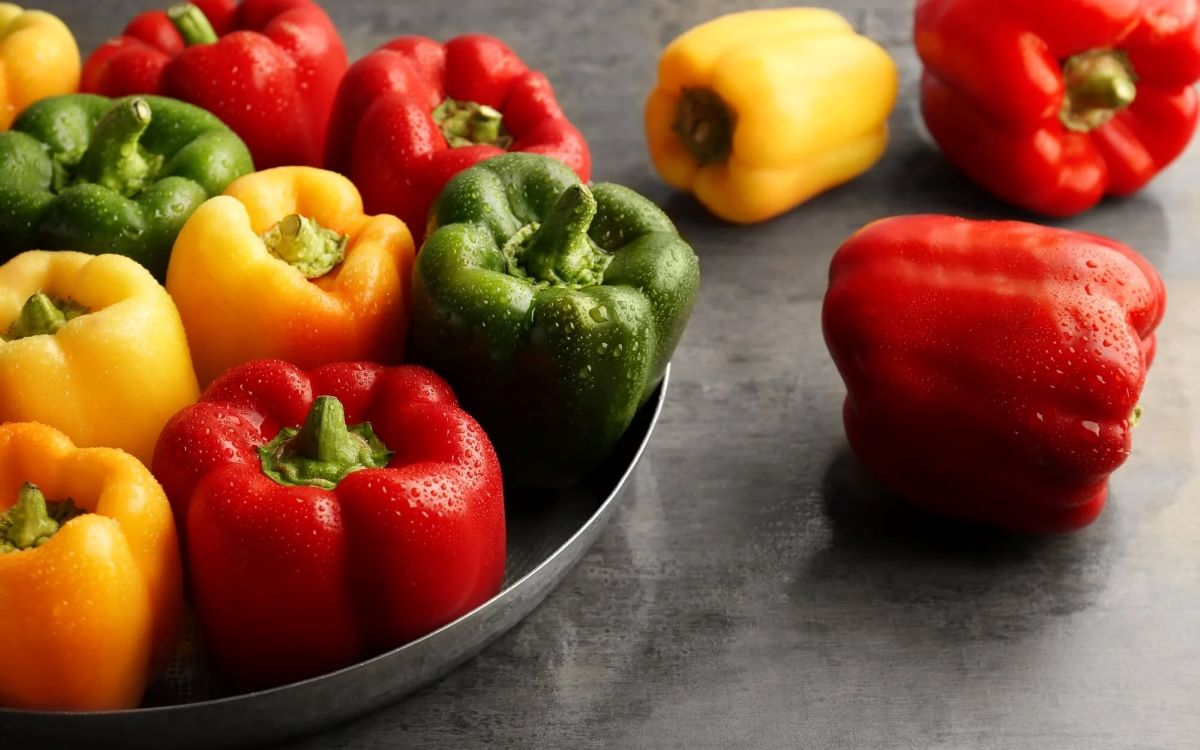
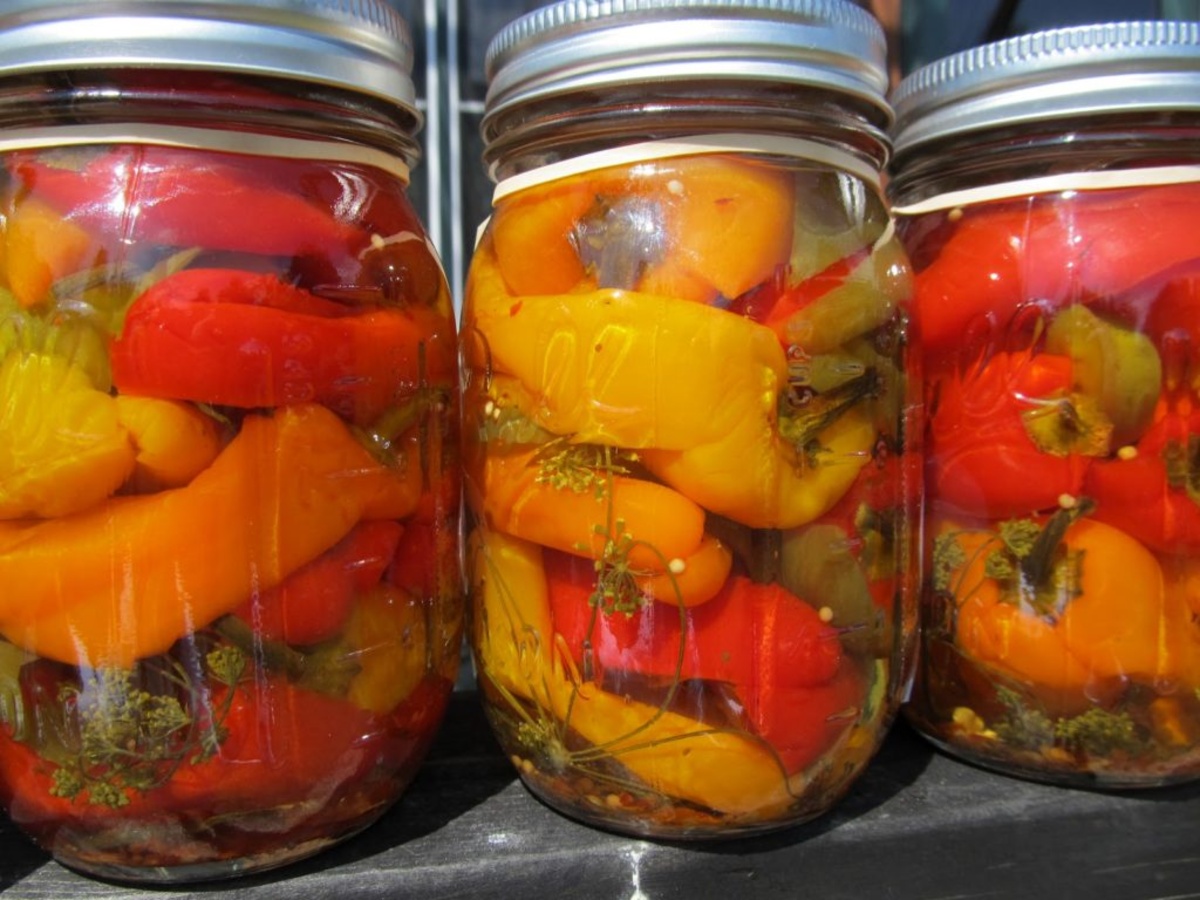
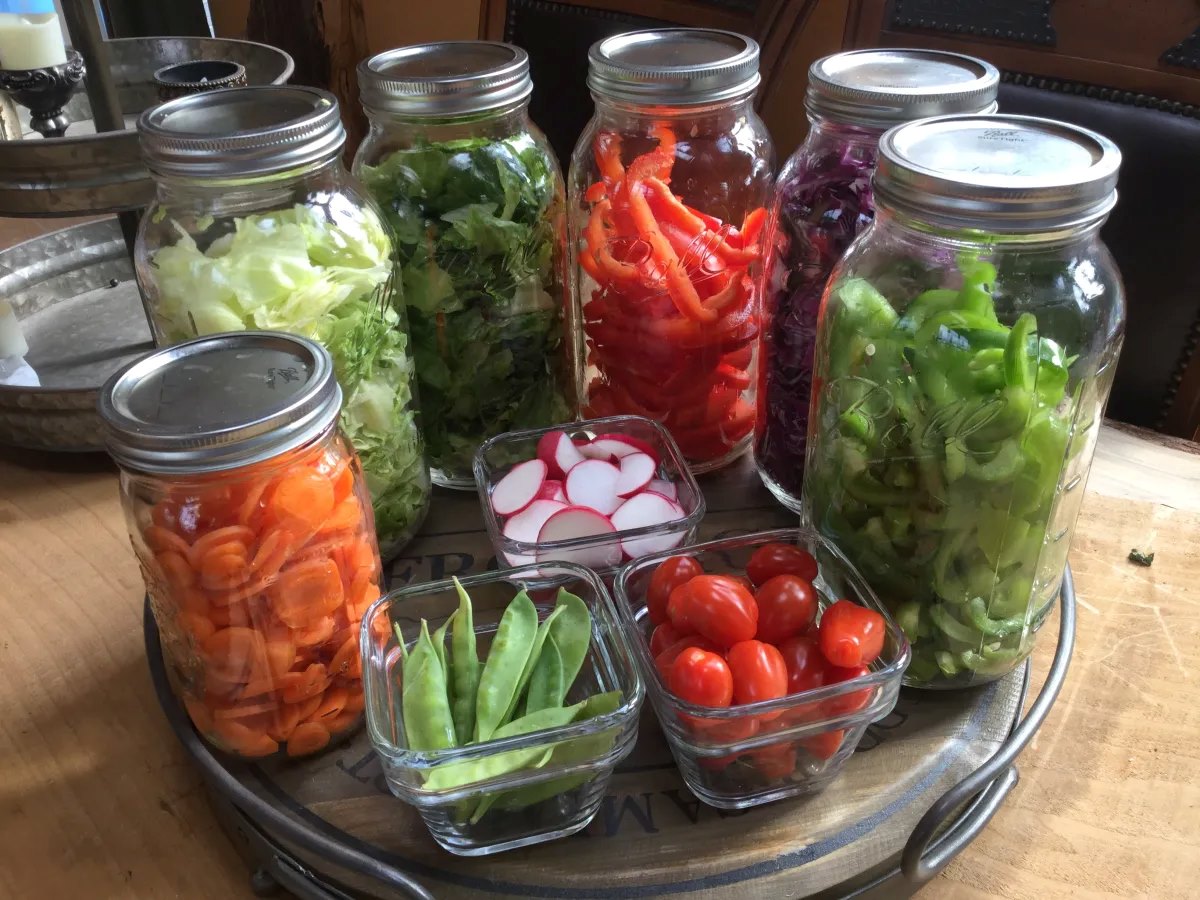

0 thoughts on “How To Store Whole Bell Peppers”